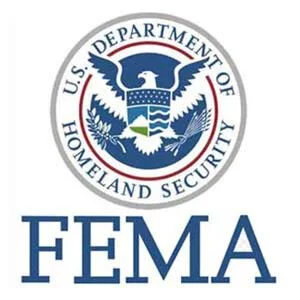It’s time to take back your peace of mind!
Our Mission is to provide clients with a professional, independent and thorough mold inspection which assists in the overall health & well- being of our client’s and our client’s homes. We’ll establish a game plan to create a safe and healthy environment and refer top independent professionals that have the skill and knowledge to get the job done right! We want to help create clean environment, where you can enjoy your family and get back to normal.
We aim to diffuse a stressful situation by efficiently finding, calling out and disclosing the source of water intrusion and/or mold thereby restoring each client’s sense of peace and reassurance that their living environment is safe to live in.
We find it, call it out, and disclose the source of mold or water intrusion in simple and clear terms.
Our Story
What Makes Us Different
For roughly 30 years, I have been involved from the design process to the final inspection with residential clients. Such first hand experience, coupled with my BA in Design (from ASU School of Architecture) has given me a complete and thorough understanding of residential construction.
I know what works and what doesn’t.
My recommendations are not "guesses” but rather simple, logical, step-by-step directions on how to fix the problem at hand. The tools I use during the inspections are just that.... TOOLS. (Moisture Meter, Thermal Cameras and Sampling ). These tools give a scale of how bad the mold is. Experience in the industry, however, is key.
CONTACT US TODAY
Still Have Questions? Concerns?
We understand! This can get overwhelming! …But the good news is that we’re on YOUR side! We’ll give you an honest and clear game plan to fix and put you back to normal!
If you suspect mold:
Call a certified structural mold inspector before doing anything.
Don’t tear into the suspected area or put bleach on potential mold areas.
Do not clean area with bleach as it can create toxigenic spores to become airborne.
Helpful Links
We’ve put together a comprehensive list of links, approved by our team, to help YOU better understand your situation!
Centers for Disease and Prevention - General Mold Facts
Molds are fungi that can be found both indoors and outdoors. No one knows how many species of fungi exist but estimates range from tens of thousands to perhaps three hundred thousand or more. Molds grow best in warm, damp, and humid conditions, and spread and reproduce bymaking spores. Mold spores can survive harsh environmental conditions, such as dry conditions, that do not support normal mold growth.
Read More: https://www.cdc.gov/mold/faqs.htm
Centers for Disease and Prevention - Facts about Stachybotrys chartarum and Other Molds
The term “toxic mold” is not accurate. While certain molds are toxigenic, meaning they can produce toxins (specifically mycotoxins), the molds themselves are not toxic, or poisonous. Hazards presented by molds that may produce mycotoxins should be considered the same as other common molds which can grow in your house. There is always a little mold everywhere – in the air and on many surfaces.
Read More: https://www.cdc.gov/mold/stachy.htm
MedlinePlus - Allergies, asthma, and molds
In people who have sensitive airways, allergy and asthma symptoms can be triggered by breathing in substances called allergens, or triggers. It is important to know your triggers because avoiding them is your first step toward feeling better. Mold is a common trigger.
Read More: https://medlineplus.gov/ency/patientinstructions/000488.htm
Environmental Protection Agency (EPA) - Mold Facts
Molds are part of the natural environment, and can be found everywhere, indoors and outdoors. Mold is not usually a problem, unless it begins growing indoors. The best way to control mold growth is to control moisture. This website provides guidance about mold and moisture for homes, schools, multifamily and commercial buildings. Molds can have a big impact on indoor air quality.
Read More: https://www.epa.gov/mold
FEMA - Mold Problems and Solutions
After a natural disaster such as a hurricane or flood, excess moisture and water can contribute to the growth of mold in homes. If your home was flooded or damaged by water, mold may be present and may pose a health risk. You may see or smell mold on clothing, drywall, and furniture. It may also be hidden under or behind items like flooring, appliances, or walls. Drying your home and removing water-damaged items is the most important step in repairing mold damage.
Read More: https://www.fema.gov/news-release/2017/10/24/4339/fact-sheet-mold-problems-and-solutions





